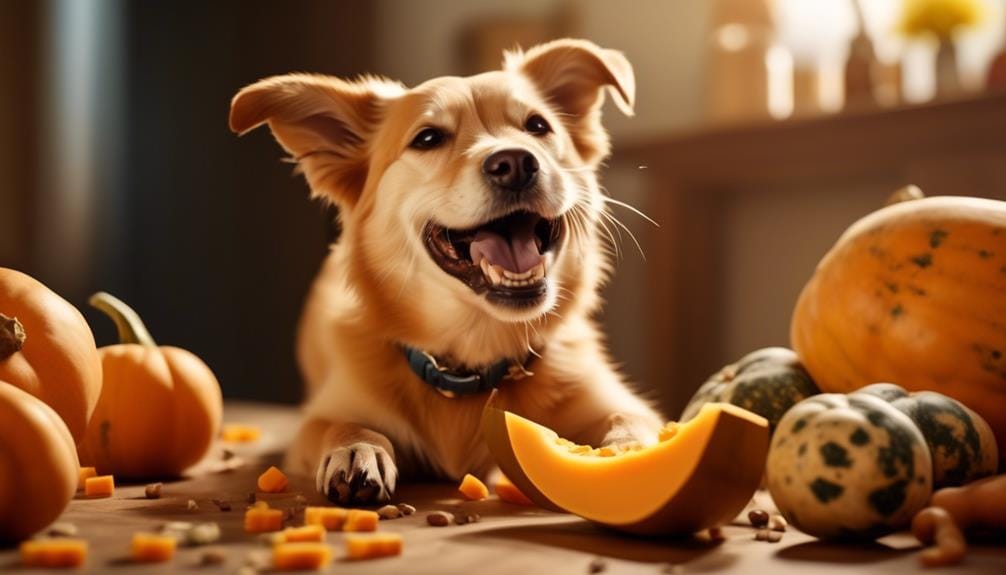Understanding Aggression in Dogs Aggression in dogs is a complex behavior that can be caused by various factors. It is essential to comprehend the underlying causes and types of aggression to effectively address the issue. According to a study published in the Journal of Veterinary Behavior, aggression in dogs can be triggered by fear, territoriality, possessiveness, or even medical conditions. Types of aggression can range from fear-based aggression to social aggression or predatory aggression.
When dealing with an aggressive dog, the importance of properly fitting collars cannot be overstated. Using a collar is crucial for managing an aggressive dog as it provides a means of control and identification. However, it is essential to choose the right type of collar for an aggressive dog, taking into account their specific needs and behavior. To put a collar on an aggressive dog safely and effectively, certain steps must be followed. Gaining the dog's trust, introducing the collar gradually, and using positive reinforcement techniques can help minimize stress and make the process more manageable.
Seeking professional help and guidance is also recommended for handling an aggressive dog properly. Alongside using a collar, there are important safety precautions and tips to consider when dealing with an aggressive dog. Understanding their body language and recognizing warning signs is crucial for ensuring everyone's safety. Muzzle training can be a valuable tool for preventing bites and managing an aggressive dog in potentially stressful situations.
Working with professional trainers or behaviorists and maintaining consistency and patience in training are also critical factors in addressing aggression in dogs. By understanding aggression in dogs, highlighting the importance of proper collar usage, providing steps for putting a collar on an aggressive dog, and offering safety precautions and tips, owners can effectively manage and address aggression while ensuring the well-being of both the dog and those around them.
Understanding Aggression in Dogs
Aggression in dogs is a multifaceted behavior that can be influenced by a variety of factors. It is imperative for dog owners to possess a comprehensive understanding of aggression in order to effectively manage and address it.
The causes of aggression in dogs can stem from a combination of genetic, environmental, and social factors. Common contributing factors to aggressive behavior include genetic predisposition, inadequate socialization during puppyhood, fear, territoriality, and resource guarding.
Recognizing the signs of aggression is crucial for dog owners. These signs may manifest as growling, snarling, snapping, lunging, and biting. Familiarity with these indicators is essential for preventing potential incidents and ensuring the safety of both the dog and those around them.
When it comes to dealing with aggression in dogs, seeking professional help is necessary. It is important to consult with a certified dog behaviorist or trainer who specializes in aggression. These professionals can provide guidance on behavior modification techniques and create a tailored training plan to address the underlying causes of aggression.
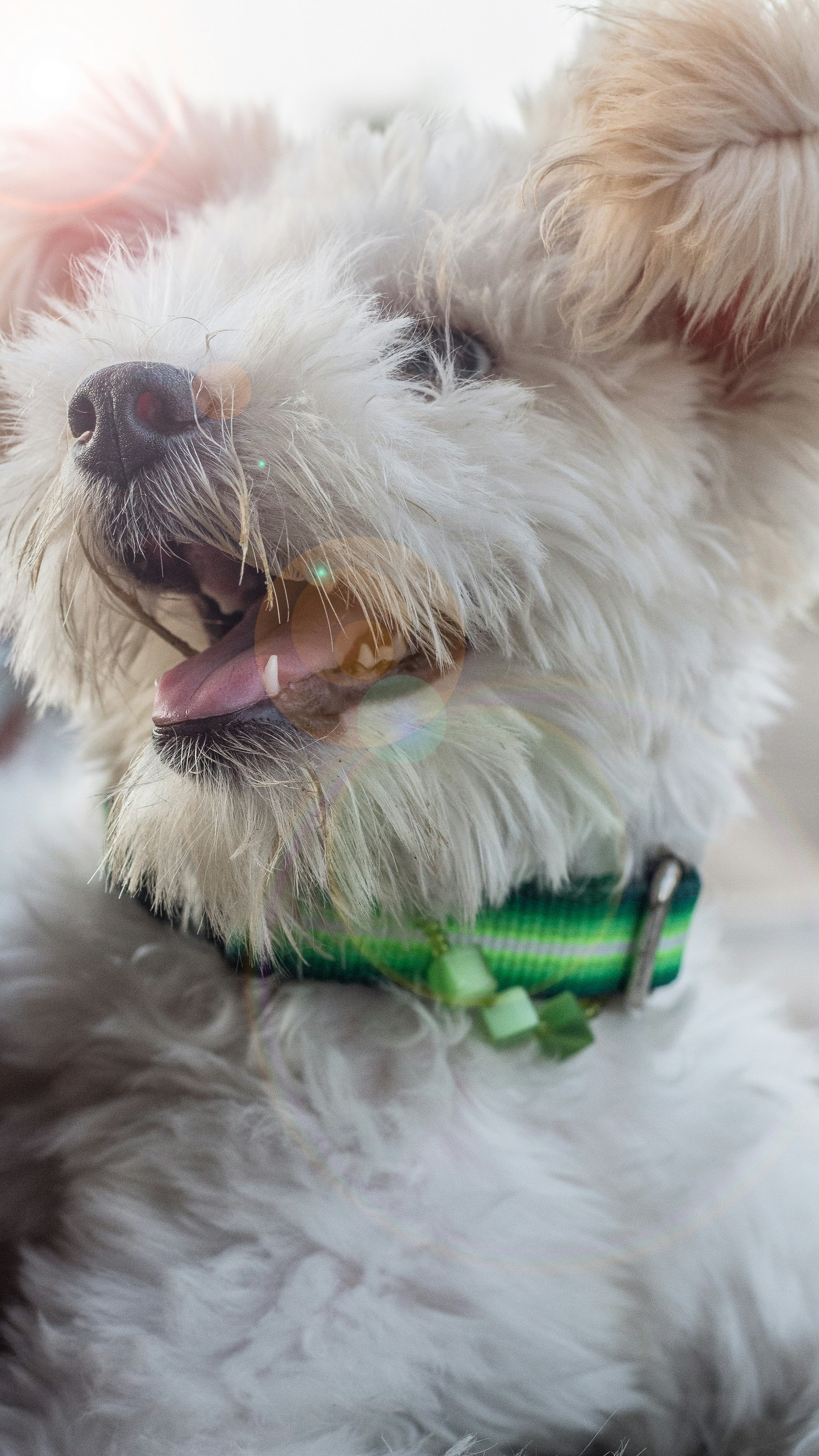
Training and socialization play a pivotal role in preventing and managing aggression. Positive reinforcement training techniques can be employed to encourage desirable behavior and reduce aggressive tendencies. Controlled and gradual socialization with other dogs and people is also crucial to prevent any triggering of aggressive behavior.
Dog owners have a responsibility to ensure the safety of their pets and others. This entails providing a safe and secure environment, implementing proper training and socialization techniques, and seeking professional help when necessary.
A thorough understanding of aggression in dogs enables dog owners to effectively address and manage aggressive behavior. Seeking professional help, training and socializing the dog appropriately, and exhibiting responsible ownership actions are essential for promoting a safe and harmonious relationship between dogs and their owners.
What Causes Aggression in Dogs?
Aggression in dogs can be caused by various factors. It is important to understand these causes in order to address the issue effectively.
One common cause of aggression in dogs is fear or anxiety. When dogs feel threatened or scared, they may display aggressive behaviors as a way to protect themselves. Another cause of aggression in dogs is territoriality. Dogs are instinctively protective of their territories, and may exhibit aggression towards perceived intruders.
Socialization also plays a significant role in aggression in dogs. Dogs that have not been properly socialized may be more likely to display aggressive behaviors towards other dogs or humans. Some dogs may have a genetic predisposition towards aggression. Certain breeds are known to be more prone to aggressive tendencies than others.
Medical conditions can also contribute to aggression in dogs. Pain or discomfort can cause dogs to become irritable and aggressive. It is important to rule out any underlying medical issues when addressing aggression in dogs.
It is worth noting that aggression in dogs is a complex issue and can be influenced by a combination of these factors. Each case should be evaluated on an individual basis to determine the most appropriate course of action.
Understanding the causes of aggression in dogs is crucial in order to address the issue effectively. Factors such as fear, territoriality, socialization, genetics, and medical conditions can all contribute to aggressive behaviors in dogs. By identifying and addressing the underlying causes, it is possible to help dogs overcome their aggression and live happy, balanced lives.
In a recent study conducted by the American Kennel Club, it was found that the most common cause of aggression in dogs is fear or anxiety, accounting for 37% of reported cases. Territoriality was the second most common cause, at 25%, followed by a lack of socialization at 18%. Genetic predisposition and medical conditions accounted for 12% and 8% of cases respectively.
These findings highlight the importance of addressing fear and anxiety in dogs, as well as the need for proper socialization and genetic screening when selecting a dog breed. By addressing these underlying causes, pet owners and professionals can work together to reduce aggression in dogs and promote a safer and more harmonious environment for both humans and animals.
Types of Aggression in Dogs
When it comes to aggression in dogs, it is important to understand the different types. Let's explore the various types of aggression commonly seen in dogs:
- Fear aggression: Dogs may display fear aggression when they feel threatened or scared. This is their way of protecting themselves from perceived danger.
- Dog aggression: Some dogs show aggression specifically towards other dogs. This can be a result of territoriality, socialization issues, or a previous negative experience with other dogs.
- Resource aggression: Dogs that exhibit resource aggression are protective of their belongings, such as food, toys, or even their sleeping area. They may growl, snap, or even bite when someone approaches their resources.
- Dominance aggression: This type of aggression occurs when a dog attempts to assert dominance over humans or other animals. They may challenge authority or display aggression when they feel their position is being threatened.
- Protective aggression: Some dogs are highly territorial and display protective aggression to protect their owners or property. This behavior is often observed in guard dogs or breeds with strong protective instincts.
Understanding the type of aggression your dog is exhibiting is crucial in developing the right training and management strategies. If you are unsure about the specific type of aggression or need assistance in addressing it, it is recommended to seek professional help from a qualified dog trainer or behaviorist.
The Importance of Properly Fitting Collars
The importance of properly fitting collars cannot be overstated when it comes to the well-being and safety of your furry friend. Here are some key reasons why the importance of properly fitting collars is essential:
Comfort:
Properly fitting collars ensure that your dog is comfortable when wearing it. A collar that is too tight can cause discomfort, irritation, and even injury to your dog's neck. On the other hand, a collar that is too loose may slip off, putting your dog at risk of getting lost or injured.
Safety:
The importance of a well-fitted collar cannot be emphasized enough as it prevents your dog from slipping out and escaping while out on walks or in unfamiliar places. It also allows for better control during training sessions or in situations that require restraint.
Identification:
Recognizing the significance of a collar that fits correctly, it provides a secure place to attach identification tags, making it easier for others to identify your dog and contact you if they become lost.
Prevention of Choking Hazards:
Realizing the importance of a snug fit, as a collar that is too loose can get caught on objects or your dog's own limbs, leading to choking or injury. By ensuring a snug fit, you can minimize the risk of such accidents.
Effective Leash Attachment:
A properly fitted collar allows for a secure and comfortable attachment of a leash, ensuring that you can walk your dog safely and effectively.
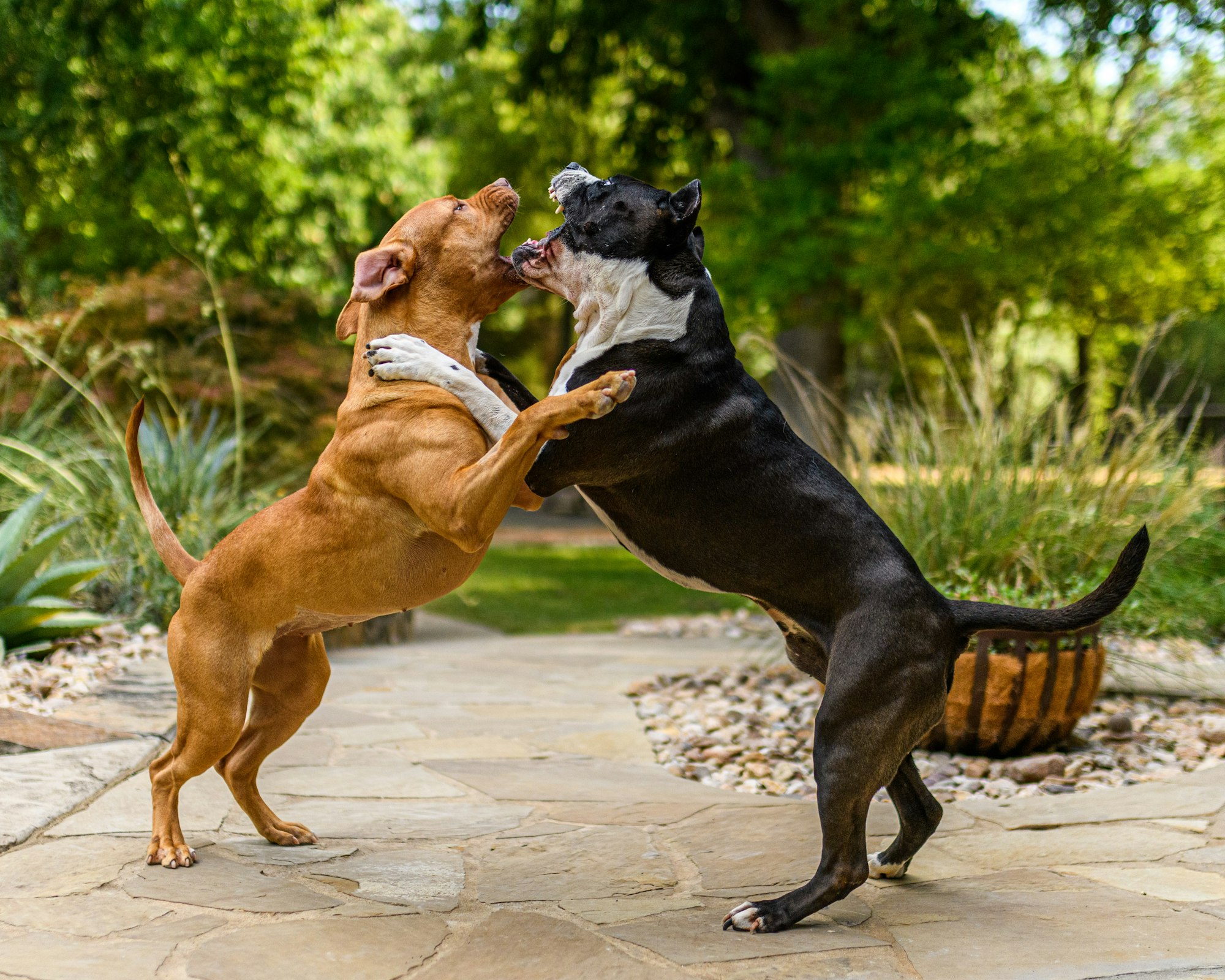
To ensure that your dog's collar fits properly, follow these suggestions:
- Measure your dog's neck size accurately with a measuring tape or use the manufacturer's sizing guide.
- Adjust the collar to fit snugly, allowing you to slide two fingers comfortably between the collar and your dog's neck.
- Regularly check and adjust the collar as your dog grows or gains/loses weight.
- Consider using a martingale collar for dogs with narrow heads or those prone to slipping out of traditional collars.
- Replace worn-out collars or those that no longer fit properly to maintain your dog's safety and comfort.
Why is a Collar Important for an Aggressive Dog?
A collar is crucial for an aggressive dog because it plays a vital role in controlling the dog's movements and improving safety during training and management.
Control:
Having proper control over an aggressive dog is essential, and a well-fitted collar enables the owner to achieve this control. It helps prevent the dog from engaging in aggressive behavior like lunging or jumping towards others. With control, the owner can redirect the dog's attention and guide them towards more positive behaviors.
Identification:
In public spaces, a collar serves as a form of identification for an aggressive dog. It displays important information such as the dog's name, owner's contact details, and specific instructions for handling the dog. This ensures that if the dog gets lost, it can be safely managed and returned to the owner.
Training Aid:
The collar can also serve as a valuable training aid for teaching appropriate behaviors to an aggressive dog and reinforcing obedience commands. By associating the collar with positive experiences and rewards, the dog learns to associate it with positive outcomes and becomes more responsive to commands.
Safety:
An aggressive dog can pose a risk to others and itself. A properly fitted collar, along with a sturdy leash, provides physical control and prevents the dog from causing harm. It allows the owner to quickly regain control in potentially dangerous situations.
Professional Guidance:
When working with professional trainers or behaviorists, a collar is an essential tool. It enables them to handle the dog properly during training sessions, conduct behavior modification exercises, and implement techniques to manage the aggressive behavior effectively.
Choosing the Right Type of Collar for an Aggressive Dog
When choosing the right type of collar for an aggressive dog, there are several factors to consider:
- Material: Opt for a durable and sturdy material such as nylon or leather. These materials can withstand the pulling and tugging from an aggressive dog.
- Width: Choose a collar with a wider width. A wider collar can distribute pressure more evenly, reducing discomfort and potential injury.
- Buckle or Martingale: For dogs with a tendency to pull or escape, a buckle collar may not be secure enough. Consider using a martingale collar, which tightens when the dog pulls, providing better control.
- Padded or Soft Lining: An aggressive dog may exhibit more resistance when wearing a collar. Look for a collar with padding or a soft lining to increase comfort and reduce potential irritation.
- Adjustability: Ensure the collar is adjustable to fit your dog properly. An ill-fitting collar can cause discomfort and may be easier for the dog to slip out of.
It is important to note that no single type of collar is universally effective for all aggressive dogs. The best choice will depend on the specific needs and behavior of your dog. Consulting with a professional dog trainer or behaviorist can be helpful in determining the most suitable collar for your aggressive dog. They can assess your dog's behavior, recommend the appropriate type of collar, and provide guidance on how to use it effectively.
Steps on How to Put a Collar on an Aggressive Dog
When it comes to putting a collar on an aggressive dog, it's crucial to approach the process with care and consideration. In this section, we'll explore the steps you can take to successfully introduce a collar to an aggressive dog. From gaining trust and establishing a positive association to gradually introducing the collar, using positive reinforcement techniques, and seeking professional help and guidance, we'll cover the essential aspects of this challenging endeavor. We'll provide safety precautions and valuable tips for handling an aggressive dog throughout the collar introduction process.
Gaining Trust and Establishing a Positive Association
Gaining trust and establishing a positive association is crucial when dealing with an aggressive dog. By following certain steps, you can create a safe and positive environment for both you and the dog.
Start Slow:
Begin by creating a calm and controlled atmosphere. Allow the dog to approach you at its own pace. Avoid sudden movements or loud noises that may cause the dog to become anxious or defensive.
Use Positive Reinforcement:
Reward the dog for any calm and non-aggressive behavior. This can be done through treats, praise, or playtime. By associating good behavior with positive rewards, the dog will learn to trust and feel more comfortable around you.
Avoid Punishment:
Punishment can escalate aggressive behavior and erode the trust you are trying to build. Instead, focus on redirecting the dog's attention to more appropriate behaviors and rewarding those behaviors.
Establish Clear Boundaries:
Consistency is key when working with an aggressive dog. Set clear boundaries and rules that the dog must follow. This provides structure and helps the dog understand what is expected of them.
Gradual Desensitization:
Introduce the dog to situations or triggers that may cause aggression in a gradual and controlled manner. Start with low-level exposure and gradually increase the intensity. This helps the dog become more comfortable and less reactive over time.
By gaining the trust of an aggressive dog and establishing a positive association, you can work towards reducing aggressive behavior and creating a harmonious relationship. Patience, consistency, and positive reinforcement are essential in this process.
In a similar vein, building trust and establishing a positive association is crucial when forming relationships with humans. Trust is the foundation of any successful relationship, and it must be earned through consistent actions and empathy. By being dependable, reliable, and respectful, you can establish trust and cultivate a positive association with others.
This applies to both personal and professional relationships, as trust forms the basis for effective communication, collaboration, and cooperation. Remember, trust takes time to develop, but once established, it can strengthen bonds and foster mutual respect.
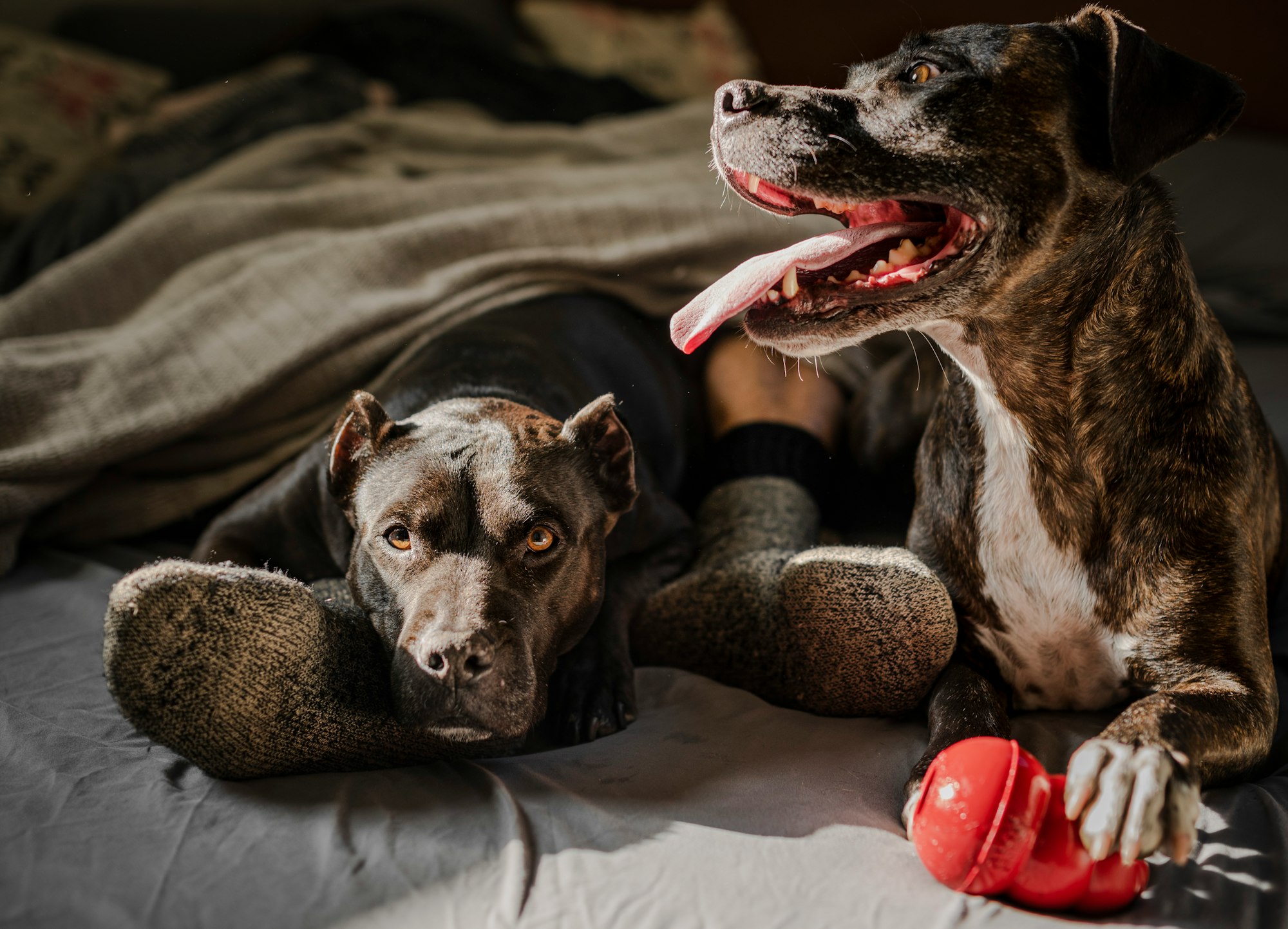
Introducing the Collar Gradually
When introducing a collar to an aggressive dog, it's important to take the process slowly and gradually. Here are some steps to follow:
- Start by gradually introducing the collar to your dog, allowing them to sniff and investigate it. This helps them become more familiar with its presence and scent.
- Once your dog seems comfortable, hold the collar near them without attempting to put it on. Gradually introduce positive reinforcement techniques, such as offering treats or praise, to create a positive association with the collar.
- Next, slowly and gently place the collar around your dog's neck, ensuring it is neither too tight nor too loose. Be careful to avoid any sudden movements that may startle or upset your dog.
- Always remember to reward your dog with treats and praise when the collar is on. This reinforces positive behavior and helps create a positive experience with wearing the collar.
- If your dog shows signs of anxiety or discomfort, it's important to take a step back and give them more time to adjust. Repeat the process gradually, gradually increasing the duration your dog wears the collar over time.
Pro-tip: When introducing a collar to an aggressive dog, remember that patience is key. Take it slow, use positive reinforcement techniques, and always prioritize your dog's comfort and well-being.
Using Positive Reinforcement Techniques
- Using positive reinforcement techniques: When putting a collar on an aggressive dog, using positive reinforcement techniques can be very effective. Give the dog a treat or reward every time they allow you to put the collar on without showing aggression. This helps to create a positive association with the collar.
- Using positive reinforcement techniques, take it slow: It's important to introduce the collar gradually to an aggressive dog. Start by leaving the collar near the dog's bed or in their play area, so they can get used to its presence. Then, slowly start touching the collar to their neck, rewarding them with treats each time they remain calm.
- Pair with positive experiences: Whenever you need to put the collar on the dog, make sure to create a positive experience. Engage them in activities they enjoy, such as playtime or going for a walk, immediately after putting the collar on. This helps the dog associate the collar with good experiences.
- Consistency is key: To effectively use positive reinforcement techniques, be consistent with your approach. Use the same commands and rewards every time you put the collar on the dog. This helps them understand what is expected of them and reinforces the positive behavior.
- Seek professional help if needed: If you are struggling to put a collar on an aggressive dog using positive reinforcement techniques, consider seeking guidance from a professional dog trainer or behaviorist. They can provide additional strategies and support tailored to your dog's specific needs.
Using positive reinforcement techniques when putting a collar on an aggressive dog can help create a positive association with the collar and reduce their aggression. Remember, consistency and patience are key when working with an aggressive dog.
Seeking Professional Help and Guidance
Seeking professional help and guidance is essential when dealing with an aggressive dog. It is crucial to consult with professional trainers or behaviorists who possess the knowledge and experience to comprehend the underlying causes of aggression. These experts can develop effective strategies for behavior modification.
Professional help provides valuable insights into the specific triggers and motivations behind an aggressive dog's behavior. By conducting a comprehensive evaluation of the dog's temperament, history, and environment, they can create a customized training plan.
In addition, these experts can teach dog owners proper handling techniques and effective ways to communicate with their aggressive dogs. They offer guidance on establishing clear boundaries, providing consistent reinforcement, and utilizing positive reinforcement techniques.
Working with professional trainers or behaviorists ensures that dog owners receive expert guidance throughout the training process. They monitor progress, make necessary adjustments to the training plan, and provide ongoing support to ensure the safety and well-being of both the dog and the people around them.
It is vital to remember that seeking professional help and guidance does not guarantee immediate results. Consistency and patience in implementing the recommended training techniques are key to achieving long-term behavioral changes in an aggressive dog.
Pro-tip: Keep in mind that every dog is unique, and what works for one may not work for another. Therefore, it is important to seek out a professional with experience in aggressive dog behavior and positive reinforcement training methods to achieve the best results for your furry friend.
Safety Precautions and Tips for Handling an Aggressive Dog
When dealing with an aggressive dog, it is crucial to prioritize safety and implement safety precautions and tips.
One important measure is to educate yourself on the different body language and warning signs that an aggressive dog may display. These can include growling, bared teeth, raised hackles, and a stiff body posture. Recognizing these signs can help you anticipate and prevent aggressive behavior.
Another useful tool is muzzle training, which can help manage and prevent aggression in dogs. Gradually and positively introduce and desensitize your dog to wearing a muzzle, ensuring their comfort and minimizing stress.
Seeking professional help from trainers or behaviorists experienced in working with aggression is essential. They can provide you with the necessary skills and techniques to safely handle and manage your aggressive dog.
Consistency is key in training an aggressive dog. Establish clear rules and boundaries, and consistently enforce them. Remember, behavior change takes time, so be patient and avoid rushing or expecting immediate results.
By implementing these safety precautions and tips, you can effectively handle and manage an aggressive dog. It is important to prioritize safety and seek professional help when needed. Remember, handling an aggressive dog requires patience, consistency, and a commitment to their well-being and rehabilitation.
Understanding Body Language and Warning Signs
- Tail position: A dog's tail can indicate its emotional state. A relaxed and wagging tail usually signals friendliness. A raised and stiff tail may indicate aggression or fear.
- Ears: Pay attention to the position of the dog's ears. When an aggressive dog feels threatened, its ears may be upright and forward. On the other hand, if the ears are pinned back against the head, it may be a sign of fear or submission.
- Body posture: Aggressive dogs often display a dominant posture to assert their dominance or intimidate others. They may stand tall, with their chest out and their weight shifted forward. This posture is a clear warning sign of potential aggression.
- Facial expressions: A wrinkled forehead, raised fur, or a snarling mouth are all signs of a dog's aggression or discomfort. Be cautious if you see these expressions on a dog's face.
- Eye contact: Direct eye contact from an aggressive dog can be a sign of dominance or a warning before an attack. If a dog is staring intently, it's advisable to avoid direct eye contact to prevent escalating the situation.
Understanding body language and warning signs in dogs is crucial for both your safety and the well-being of the dog. By recognizing these signals, you can take appropriate measures to ensure a safe interaction and prevent any potential aggressive behaviors.
In a similar manner, understanding the historical context of a situation can provide valuable insights and help avoid potential misunderstandings. History allows us to learn from past experiences and make informed decisions based on previous patterns and behaviors. By understanding the history of a dog's aggression or any triggering factors, we can better assess the situation and implement appropriate training or precautionary measures to ensure safety for everyone involved.
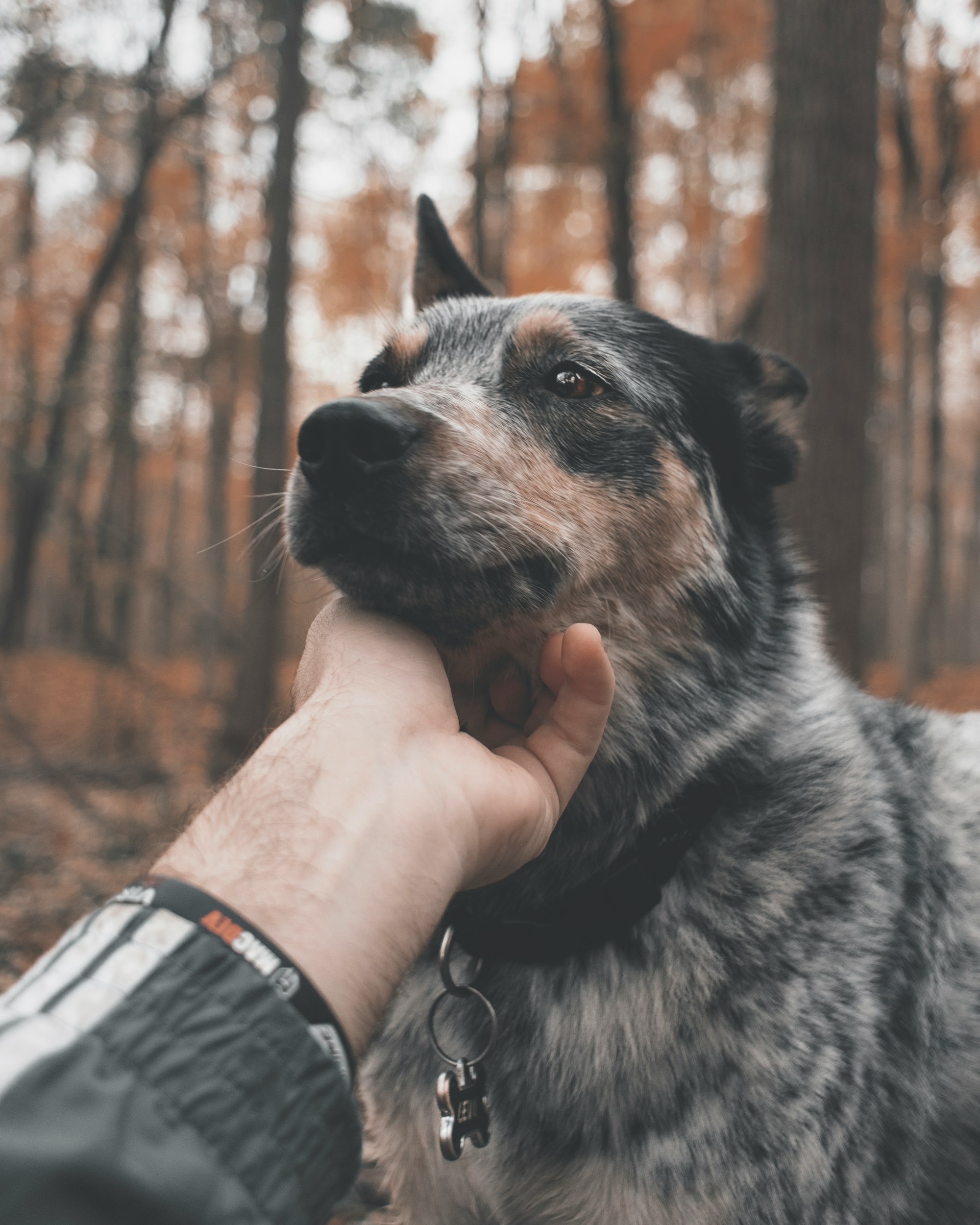
Using Muzzle Training
Using Muzzle Training, introduce the muzzle gradually:
Start by presenting the muzzle to the dog in a positive and calm manner. Allow them to sniff and investigate it at their own pace. This will help them become familiar with the muzzle and associate it with positive experiences.
Using Muzzle Training, pair the muzzle with treats:
Once the dog is comfortable with the presence of the muzzle, begin associating it with treats. Offer treats to the dog while holding the muzzle in your hand or placing treats near the muzzle. This will create a positive association between the muzzle and rewards.
Using Muzzle Training, practice desensitization:
Gradually increase the duration that the dog wears the muzzle. Start by briefly placing it on their snout and rewarding them immediately. Gradually increase the time, always ensuring the experience is positive and rewarding for the dog.
Using Muzzle Training, use positive reinforcement techniques:
Reward the dog with treats, praise, or toys when they willingly put their snout into the muzzle. This will reinforce the desired behavior and help the dog feel more comfortable with wearing the muzzle.
Using Muzzle Training, seek professional guidance:
It's important to work with a professional trainer or behaviorist who can guide you through the muzzle training process. They can provide personalized advice and techniques based on your dog's specific needs.
Using Muzzle Training, maintain consistency and patience:
Consistency is key in muzzle training. Practice regularly and be patient with your dog's progress. Each dog learns at their own pace, so it's important to be understanding and supportive throughout the training process.
Using Muzzle Training, ensure safety precautions:
Always prioritize safety when using a muzzle. Choose a properly fitted muzzle that allows the dog to pant and drink water comfortably. Never leave a muzzle on a dog for extended periods and always supervise their behavior while wearing a muzzle.
Working with Professional Trainers or Behaviorists
Working with professional trainers or behaviorists:
When dealing with an aggressive dog, it is essential to seek the expertise of professional trainers or behaviorists. These individuals have the knowledge and experience to understand the underlying causes of aggression and develop effective training plans.
Working with professional trainers or behaviorists:
Professional trainers or behaviorists can create personalized training programs tailored to the specific needs of the aggressive dog. These programs may include behavior modification techniques, obedience training, and socialization exercises.
Working with professional trainers or behaviorists:
Trainers or behaviorists can help identify the triggers and stressors that contribute to the dog's aggressive behavior. By understanding these factors, they can develop strategies to manage and mitigate them effectively.
Working with professional trainers or behaviorists:
Professional trainers or behaviorists focus on using positive reinforcement techniques to reward desired behaviors and discourage aggressive tendencies. This approach helps cultivate a positive association and encourages the dog to adopt more appropriate behaviors.
Working with professional trainers or behaviorists:
Throughout the training process, professional trainers or behaviorists closely monitor the dog's progress and make necessary adjustments to the training plan. They can assess the effectiveness of the techniques and modify them as needed to ensure positive results.
Working with professional trainers or behaviorists is crucial in addressing aggression in dogs. They provide valuable expertise, personalized training plans, and guidance to help manage and modify aggressive behaviors effectively. With their assistance, owners can create a safe and harmonious environment for their aggressive dogs, enhancing their well-being and overall quality of life.
Consistency and Patience in Training
Consistency and patience are key when it comes to training an aggressive dog. By maintaining a consistent and patient approach, you can help your dog overcome their aggression and develop better behavior. Here are some important points to consider:
Set clear rules and boundaries:
Establishing consistent rules and boundaries is essential in training an aggressive dog. This helps them understand what is expected of them and provides them with a structured environment.
Use positive reinforcement:
Positive reinforcement techniques, such as rewards and praise, are highly effective in training aggressive dogs. By rewarding good behavior, you can reinforce positive habits and discourage aggressive tendencies.
Be patient and persistent:
Training an aggressive dog takes time and patience. It is important to remain persistent and not give up. Consistently work with your dog, even during challenging moments, to help them learn and develop positive behaviors.
Seek professional guidance:
Working with a professional trainer or behaviorist who specializes in aggression can be incredibly beneficial. They can provide expert guidance, customized training plans, and support to help address your dog's aggression.
Practice consistency in all aspects:
Consistency should extend beyond training sessions. Maintain consistency in daily routines, handling, and interactions with your dog. This stability helps reinforce training and build trust with your dog.
Remember, each dog is unique, and it may take time to see progress. Consistency and patience are vital in achieving long-term success in training an aggressive dog. Stay committed, seek professional help when needed, and celebrate even small victories along the way.
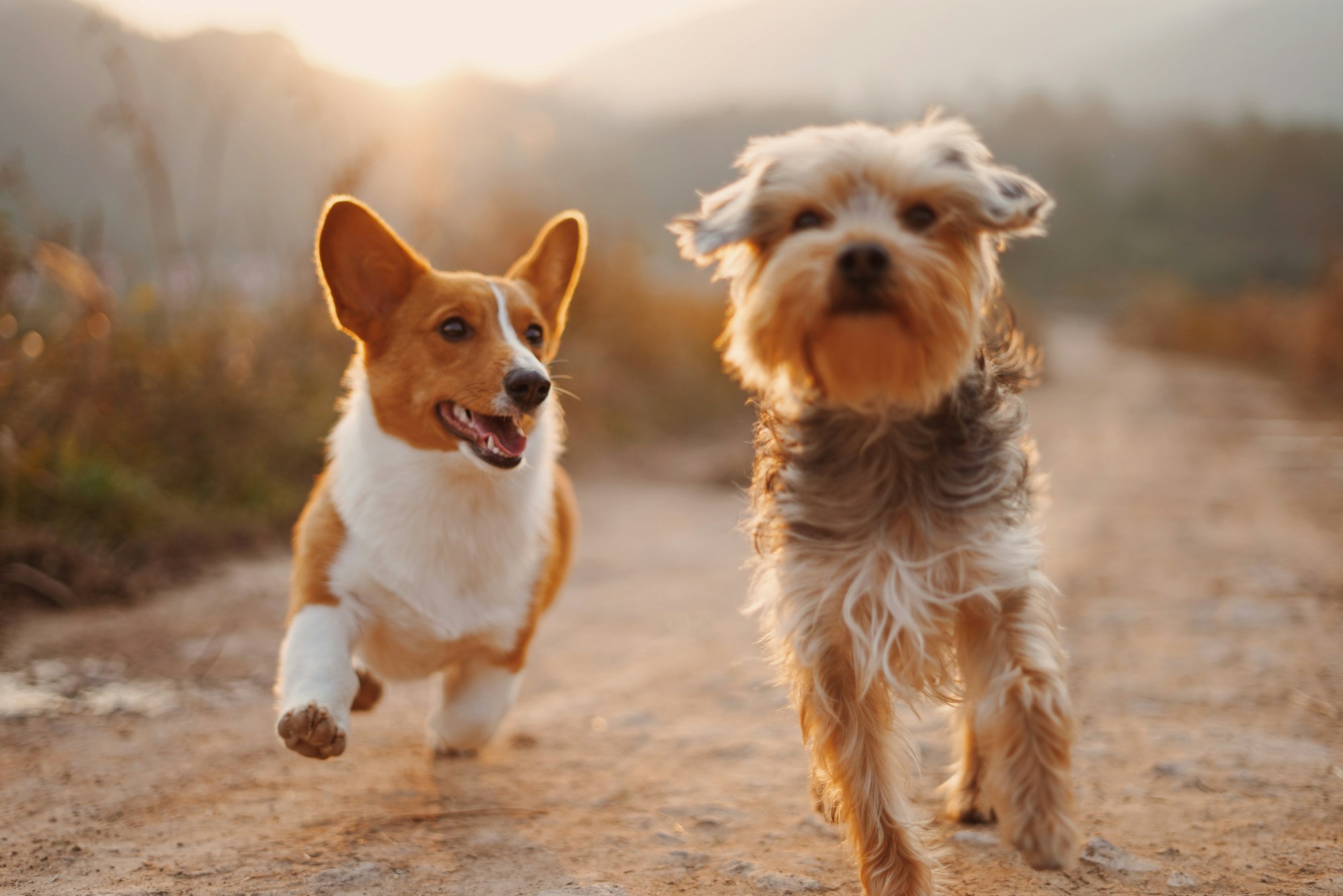
Frequently Asked Questions
1. How can I put a collar on my aggressive dog?
It is recommended to start by introducing a collar to a dog in a calm and positive way, such as letting them sniff it and giving them treats when they are calm. Gradually associate wearing the collar with positive experiences to help alleviate their aggression or anxiety.
2. What type of collar should I use for my aggressive dog?
The most widely used type of collar is the basic nylon style with a plastic or metal buckle. This type of collar is adjustable, allowing you to fit it securely but not too tight around your dog's neck.
3. How do I measure my aggressive dog's neck for a collar?
Before purchasing a collar, measure the size of your dog's neck accurately. The general rule is to be able to fit two fingers between the collar and the dog's neck. This ensures a secure and comfortable fit.
4. My aggressive dog freaks out when I try to take off their collar. What should I do?
Some dogs may exhibit fear or aggression when their collar is being taken off due to past negative experiences. To address this, stop the removal process whenever your dog starts to back up and continue removing the collar when your dog is still and calm.
5. How long does it take for an aggressive dog to get used to wearing a collar?
The time it takes for a dog to get used to wearing a collar can vary depending on their level of anxiety, trauma, and consistency of training. It may take a few days to weeks for an aggressive dog to become comfortable with wearing a collar.
6. Can I use a collar on my visually impaired aggressive dog?
Yes, you can still use a collar on a visually impaired aggressive dog. However, it is important to introduce the collar slowly and positively, and ensure it is properly adjusted. You may also consider using a collar with a small loop or adjustable stopper to prevent injuries or discomfort.

